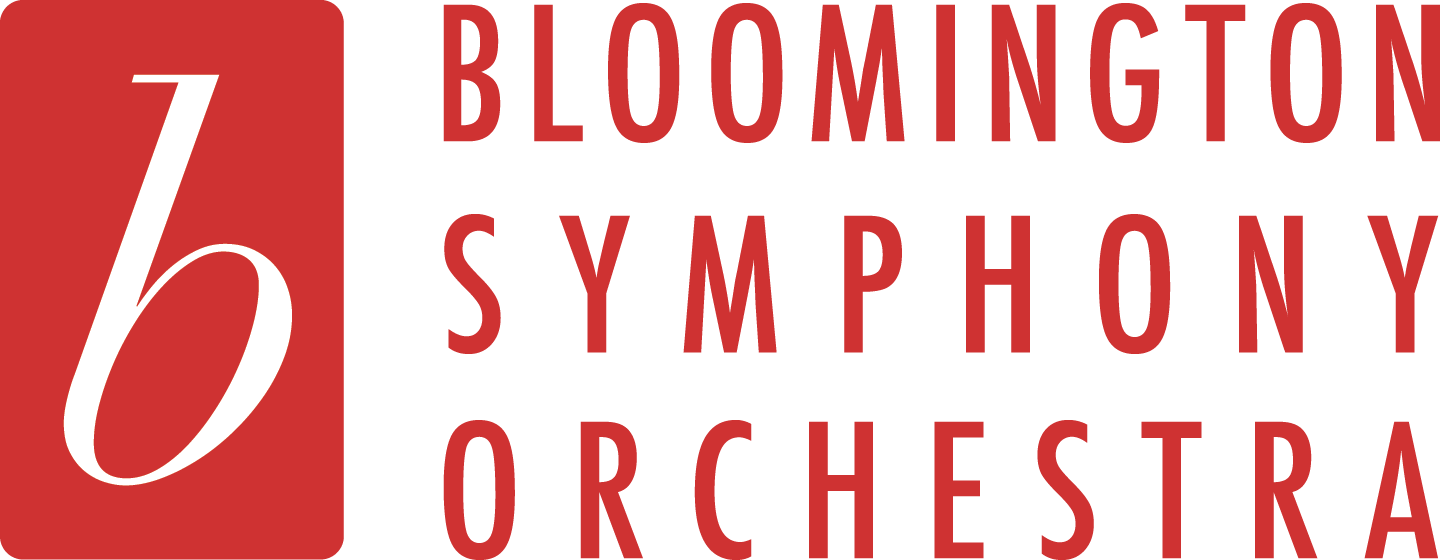I would imagine that for most composers, it is difficult enough to write music when things are good in their lives. How much more difficult would it be to conceive and give birth to thematic material, develop it, orchestrate it, and wrap it all up with a tidy bow, while the world around you is engaged in a world war? This, especially when you have already lived through what was supposed to be “the war to end all wars.”
Art finds a way.
Consider the task of 72-year-old Ralph Vaughan Williams, who was self-compelled to write his Concerto in A Minor for Oboe and Strings on the heels of his Symphony No. 5 in D major. After rising to the challenge of writing in a more “modern style” in his Fourth Symphony and silencing his critics, he went back to the Vaughan Williams we know and wrote his more pastoral Fifth, choosing the same key as Johannes Brahms did for his Pastoral symphony. VW felt that drawing some earlier ideas from his recent symphony would work nicely as a basis for the oboe concerto that his mind had been tossing about. He chose oboist Leon Goosens, a favorite performer of his, to be the vessel of his creativity.
There’ll always be an England,
And England shall be free
If England means as much to you
As England means to me.
Those song lyrics to the 1939 patriotic song There’ll Always be an England could easily express VW’s long-held desire that there be a more national approach to English music, that music from England be somewhat identifiable. This certainly was not without precedent since the Russians, led by Modest Moussorgsky, believed that a nationalist approach to composing had that same notion many decades before. Dvořák encouraged American composers to do the same. Why not the English? Given all of that, how wonderfully ironic is it that VW also used an ancient antiphon, Salve Maria Regina of Gregorian origin, as thematic material for this bucolic walk through a countryside unspoiled by the ravages of war? VW must have smiled to himself as he included that material amongst his own musical thoughts.
The work is in three movements, the first of which alternates between moments of the aforementioned walk as well as pauses to glance at nature’s beauty and smell the flowers a bit. The second is a gentle minuet and musette which takes us from the promenade of the first movement to a simple dance. The third movement is fleet of foot and makes much use of a musical device called hemiola. Apropos of today’s program, this was an oft-used rhythmic technique of Dvořák’s, in which the rhythmic pulses of two against three are employed. As we enjoy the calming and pastoral quality of the work, we note that the closing bars end with a glance over the shoulder in recognition of a clear and present danger, ebbing as it might be, for the moment.
The rest of the Musings for “Art Finds a Way” are posted in Manny’s Musings on the Bloomington Symphony website. Join us in person on Sunday, November 23, 2025 at 2 p.m. at the Gideon Ives Auditorium at the Minnesota Masonic Heritage Center, for this concert that will feature the BSO premiere of Florence Price’s Concert Overture, No. 1, BSO Principal Oboe Megan Dvorak Werner performing Vaughan Williams’ Concerto for Oboe and Strings and Dvořák’s Symphony No. 8 in G Major, Op. 88
